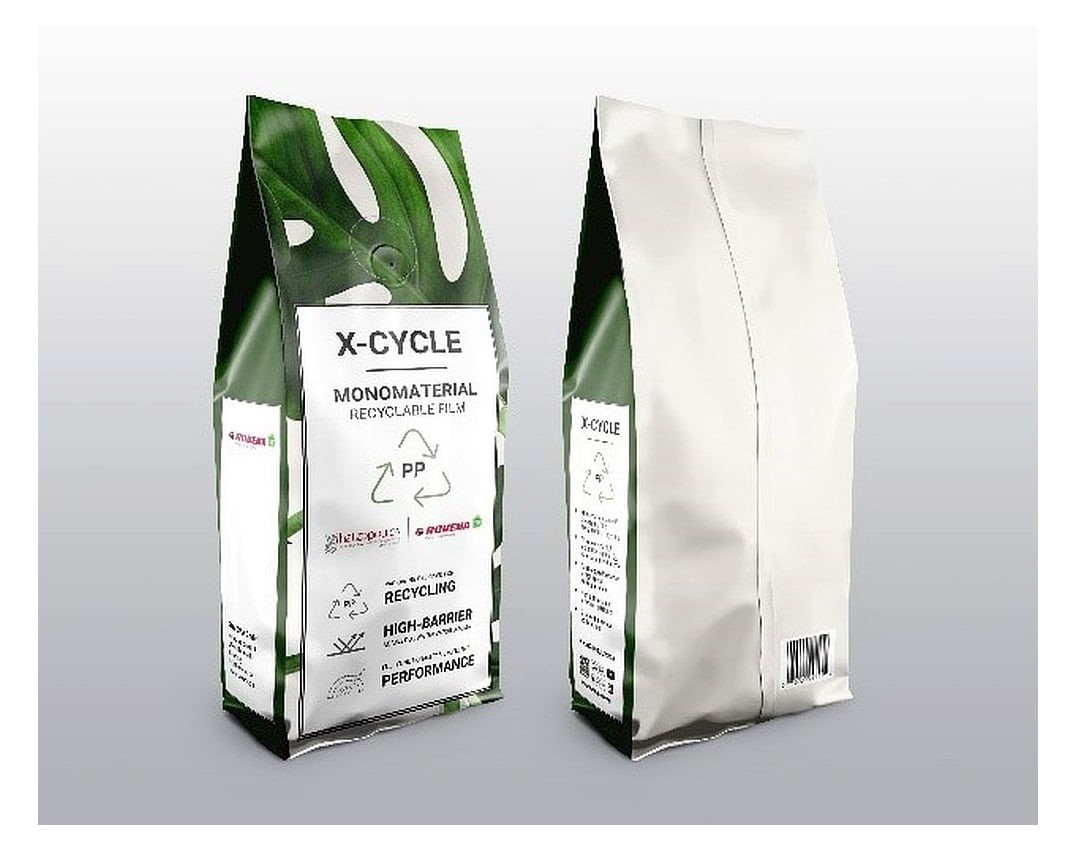
Although roasting coffee can cause significant changes in the beans, it is not the only factor in determining quality.
Equally crucial is how green coffee is grown and produced. A study from 2022 also showed that a coffee’s manufacturing and processing had an impact on its general quality.
This covers elements like the increased height, temperature, relative humidity, and solar exposure. More specifically, the quality of the coffee will vary depending on the sort of nutrients and amount of moisture it is exposed to.
Producers want to maintain high levels of coffee moisture because it can contribute to higher acidity and cup quality. The optimal percentage is between 10.5% and 11.5%, and how green coffee is transported and stored before being roasted can have an affect on this.
To work with green coffee while it is at its best, all roasters desire. They should therefore keep an eye on these levels, and one of the best tools for doing so is a green coffee moisture meter.
Producers want to maintain high levels of coffee moisture because it can contribute to higher acidity and cup quality. The optimal percentage is between 10.5% and 11.5%, and how green coffee is transported and stored before being roasted can have an affect on this.
To work with green coffee while it is at its best, all roasters desire. They should therefore keep an eye on these levels, and one of the best tools for doing so is a green coffee moisture meter.
Why are moisture levels in green coffee significant?
The amount of moisture in green coffee is crucial because it can influence how the beans behave during roasting and contribute to the development of various flavors.
The moisture content of green coffee can be impacted by a variety of variables.
As an illustration, high temperatures may result in condensation on the interior of the storage bags for green coffee. The scents and flavors of the coffee may be muted as a result of the increased humidity and wetness.
The beans, however, could lose moisture if the air is too dry. However, excessive moisture might result in the growth of mold, mildew, or fermentation.
Green coffee’s quality will inevitably deteriorate with time. Even while time may not be the actual cause of this deterioration, roasters can use it to gauge how much the other elements are affecting the coffee.
Generally speaking, green coffee has a freshness window of six to twelve months. The task of a roaster can become more difficult if the moisture levels of green coffee are not determined.
What exactly are green coffee moisture meters used for, and why?
The typical contemporary green coffee moisture meter typically offers a number of advantages, such as sophisticated calibration, numerous grain scales, and battery operation.
These meters can be used by roasters to track the moisture levels of a coffee over time and identify any problems that might be affecting them, such as the roasting environment or storage.

Product loss can be minimized with the use of a green coffee moisture meter. It can also produce predictable measurements that roasters can utilize as markers for particular roast characteristics or coffees.
Furthermore, it can be used to build a production schedule that forecasts when a coffee will have the right amount of moisture.
A coffee meter may indicate that a dehumidifier or a temperature-controlled storage chamber are needed for the coffee’s storage location.
It might also imply that in order to get rid of extra moisture, the roaster needs to experiment with a higher roast temperature. Depending on the bean’s density, volume, and other external parameters, the roasting machine in use
Guidelines for preserving ideal coffee moisture levels
One of the best ways to keep green coffee at the ideal moisture level is to store it somewhere cool, dark, and dry.
However, roasters need also make an investment in the appropriate packaging. According to several studies, a coffee’s packaging, particularly when it is hermetically sealed and extra air is removed, is the best determinant of how long it will last.
Traditional jute or paper bags may make it difficult for roasters to maintain the coffee’s moisture levels. According to research, green coffee stored in permeable bags can start to show chemical variations 3 to 6 months after being stored.
Even while this alteration may only be perceptible to skilled cup tasters, it is irreversible and shows that degradation has started.
Investing in environmentally friendly packaging with various barrier layers will help stop this. Roasters may have additional storage options if they use better quality green coffee packaging because the coffee will be less susceptible to environmental factors.
Furthermore, it can relieve roasters of the need to maintain a climate-controlled storage environment. Because of the reduced need for electricity, the company will eventually be more environmentally friendly.
It makes sense to upgrade the packaging for green coffee. The roasting procedure may become more predictable as a result, enabling roasters to experiment with various roasting techniques and coffees.
Specialty coffee roasters can get branded, completely customizable green coffee packaging from CYANPAK in a variety of sizes and small batches.
We can also assist with packaging your roasted coffee and create coffee bags that reflect the character of your business.
We provide a selection of high-quality packaging options that are recyclable, compostable, and biodegradable. Our selection of coffee bags is created from renewable materials including rice paper and kraft paper.


Post time: Dec-20-2022

